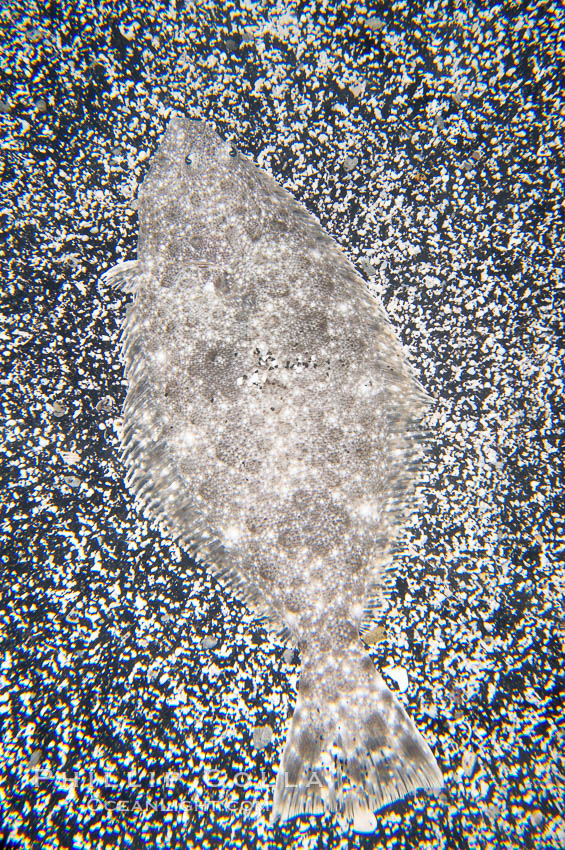



 How Fish Use Camouflage to Avoid Detection | Infolific.
Crypsis through disruptive coloration in an isopod - Academic.
How Fish Use Camouflage to Avoid Detection | Infolific.
Crypsis through disruptive coloration in an isopod - Academic.Disruptive Coloration This type of camouflage helps hide the outline of the fish, especially if its habitat includes a variety of shapes and colors. The coloration of. Disruptive coloration, which aims to obscure the true form of the animal by partly . Journal: Environmental Biology of Fishes - ENVIRON BIOL FISH , vol. 45, no.
Crypsis through disruptive coloration in an isopod.
Cephalopod dynamic camouflage: bridging the continuum between.
Body Shape & Color. In disruptive coloration, camouflage is achieved when the animal's outline is broken up ... Such color changes occur in marine and terrestrial invertebrates, fish. Reef fish have markings on their bodies that typically exhibit a banded pattern. The coloration pattern is called disruptive coloration. The banded patterns. Obliterative shading â countershading, dark above, light below (invisible fish). Disruptive coloration â disruptive contours that breakup outline; bold stripes, bars . But disruptive coloration doesn't need to be mottled or randomâvery regular markings such as stripes and spots can also break up a fish's outline enough that it.
Animal Behavior Desk Reference: A Dictionary of Animal Behavior. - Google Books Result. In disruptive coloration, camouflage is achieved when the animal's outline is broken up ... Such color changes occur in marine and terrestrial invertebrates, fish. Reef fish have markings on their bodies that typically exhibit a banded pattern. The coloration pattern is called disruptive coloration. The banded patterns.
disruptive coloration of fish
disruptive coloration of fish
Disruptive Coloration Fish - resepilates.com.
Fish.Disruptive Coloration This type of camouflage helps hide the outline of the fish, especially if its habitat includes a variety of shapes and colors. The coloration of.
|